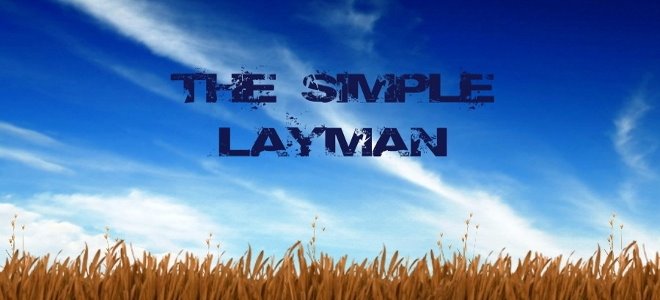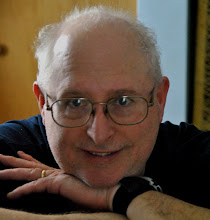For a long time I have wanted to
convert our negatives and slides to a digital format but have been
unable to do so because of money constraints and dis-satisfaction of
the quality tranfers from local labs. For good quality transfers the
cost increases dramatically. Because the cost for even the poor
quality transfers I was seeing from local labs was so expensive for
the amount of tranfers I needed done I just couldn't justify it. It
seemed the only way to get the transfer quality I wanted was to send
them to really expensive labs and also risk negatives getting lost or
damaged.
Years ago I ran a photo-lab and during
this time was able to financially afford photography as a hobby as
well as on a semi-professional level. I also accumulated more than
the average families share of photos. This, and my art background
made me picky about quality. For the most part, even before that
time, I developed my own photos leaving the color film development
for a good lab. I did all of my black and white developing from
start to finish. Digital photography slowly began to creep in and I
am glad it has. For those who don't care or unknowingly don't know
the differences between living in a digital photo world let me
briefly explain. The sometimes hours of physically removing dust and
making sure your darkroom is spotless so dust doesn't show on
negatives is done away with because in a digital camera there is no
dust to accumulate on a negative. Every time a negative is handled
it can get dust and scratches that will appear in the photo. Sure,
there are contraptions on the market made to aid in dust removal.
But as long as you keep your digital camera in reasonably clean
condition then dust will never be a problem for digital photography.
Another thing that is better in the
digital photography world is having to deal with highlights and
shadows. In film photography there is such limitations much time
must be spent in the field trying to decide where highlight and
shadow detail should be placed on a zone scale and then compensations
made in development so the most detail on both ends of the scale are
visible in the print. Then hours may be spent burning and dodging
areas in the enlargement process to further add this detail in a
print.
One of the first things I noticed when
buying my first digital camera was the greatly increased background,
(in room shots without flash), from that of film photography. The
ability of the digital camera to pick up details in darker areas of a
room during flash photography was a added side benefit. Well, the
sensitivity of ccd imaging in a digital camera was boosted in the
first place making it so hand held shots in darker rooms was possible
so you didn't even need flash in many instances where you would have
needed it in film photography. But with film photography, the
background would go immensely dark in comparison to the forground
with heavy shadows; something that happens less often with digital.
The greatest difference, perhaps, is you have to treat digital more
like slide film; shooting for the highlights instead of the shadows
in outdoor sunny pictures or pictures where you want to retain
highlight detail.
Enough about the photography end of
things. Here was my problem in short. I couldn't afford paying
someone else to scan all of my negatives and I wasn't happy with the
scans I could get. I didn't want to sink 2 to 4000 dollars into a
Nikon film scanner to do all of my photos and the cheaper ones didn't
have the quality. I tried some dual flatbed film scanners available
through photo and office stores but the quality still wasn't there.
So what I did was sit on the idea and lived without until I could
find one that would do the job. In the mean time, the two best
scanners in a semi-affordable range, (Nikon & Minolta), stopped
making film scanners all together. The only ones on the market now
are way too expensive or just not worth it for me.
While reading about scanners again a
few days ago I came across an article about the Canoscan 9000F. It
is a flatbed scanner that does both film and regular printing and I
thought, “can there be any good flatbed dual mode scanners out
there.” Upon reading the article I was impressed by the scans they
were showing, and all from a scanner costing less than $200.00
dollars. The scans were within the quality range I was looking for,
all because of the adjustable spherical lens developed by Canon. One
of the main drawbacks with previous dual purpose scanners was the
preset/prefocused lenses used in all the models. I had taken two
back because they just couldn't produce sharp images. While this was
fine for low quality images on the internet, it wasn't fine for me.
Now here was a scanner that answered the call. More on this scanner
in my next post.
This entry was posted
on Thursday, May 12, 2011
at Thursday, May 12, 2011
. You can follow any responses to this entry through the
comments feed
.




